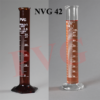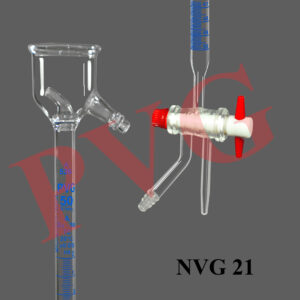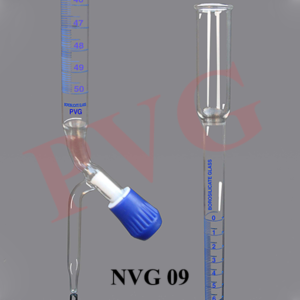MEASURING CYLINDERS WITH SPOUT
As above but accuracy as per Class ‘B’.
| Cat. No. | Cap. ml. | Graduation interval ml. | Tolerance±ml. | Approx. Total height mm. |
| 41.01 | 5 | 0.1 | 0.1 | 110 |
| 41.02 | 10 | 0.2 | 0.2 | 140 |
| 41.03 | 25 | 0.5 | 0.5 | 160 |
| 41.04 | 50 | 1 | 1 | 180 |
| 41.05 | 100 | 1 | 1 | 250 |
| 41.06 | 250 | 2 | 2 | 330 |
| 41.07 | 500 | 5 | 5 | 390 |
| 41.08 | 1000 | 10 | 10 | 460 |
| 41.09 | 2000 | 20 | 20 | 570 |
SKU: NVG-41
Category: Volumetric Glasswares
Be the first to review “MEASURING CYLINDERS WITH SPOUT” Cancel reply
Related products
Volumetric Glasswares
Volumetric Glasswares
Volumetric Glasswares
Volumetric Glasswares
Volumetric Glasswares











Reviews
There are no reviews yet.